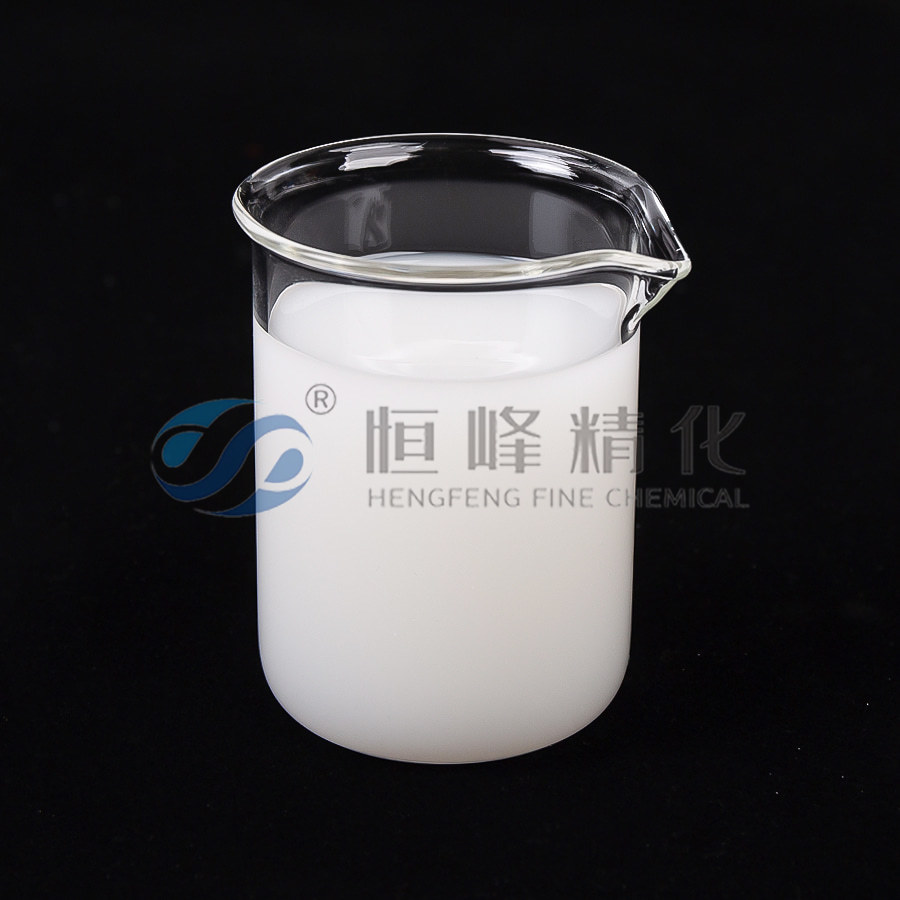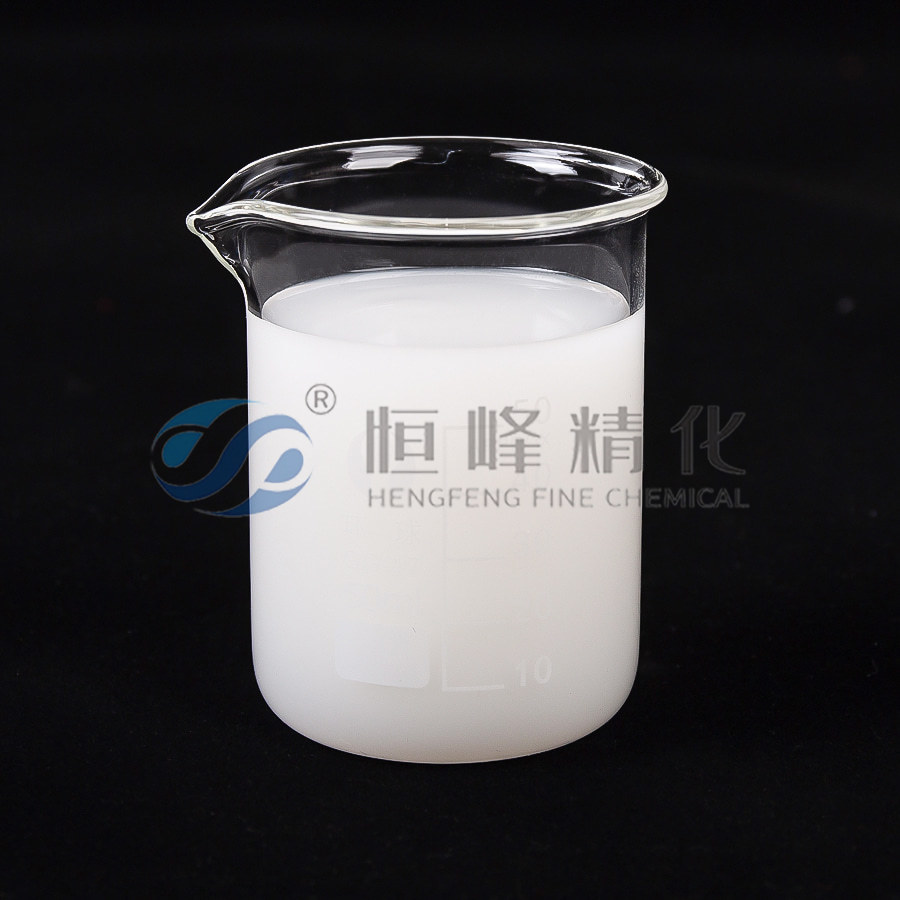HENGFENG FLOC Polyacrylamide emulsion and polyacrylamide powder have the following differences:
Solubility
• Polyacrylamide powder needs to be dissolved in water through a stirring process. It usually takes some time to fully dissolve and may form lumps if not properly dissolved.
• Polyacrylamide emulsion has better fluidity and can be more easily dispersed in water, generally having faster dissolution rate.
Application convenience
• The emulsion form is easier to handle and measure in some applications. It can be pumped and dosed more conveniently, especially in systems where continuous and accurate dosing is required.
• Polyacrylamide powder may require more complex dosing equipment to ensure accurate addition and avoid dust generation during handling.

Storage stability
• Polyacrylamide powder is generally more stable during storage if kept in a dry place. It has a longer shelf - life as long as it is protected from moisture.
• Polyacrylamide emulsion may have stability issues such as emulsion breaking or viscosity change over time. It usually requires more careful storage conditions, such as appropriate temperature control.
Effectiveness in use
• In some applications, such as in water treatment for flocculation, both can achieve good results. However, the emulsion form may have a more rapid onset of action due to its better dispersion characteristics, which can lead to quicker floc formation.
• The performance of polyacrylamide powder may be more consistent after proper dissolution and mixing, providing stable treatment effects in the long - term processes.


 English
English Español
Español عربى
عربى Русский
Русский Tiếng Việt
Tiếng Việt
















